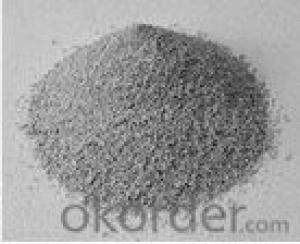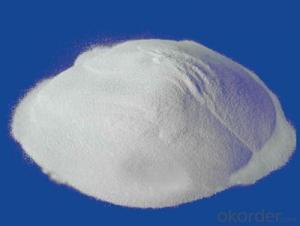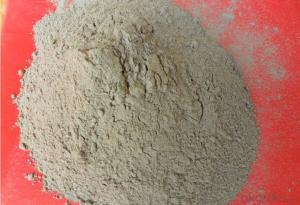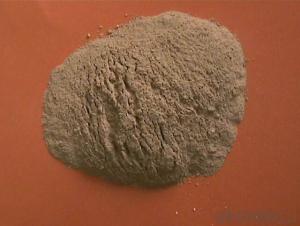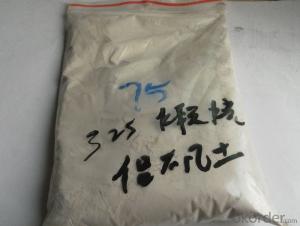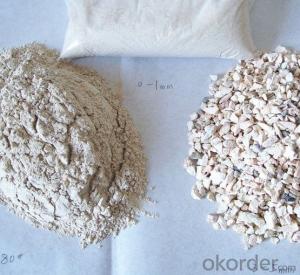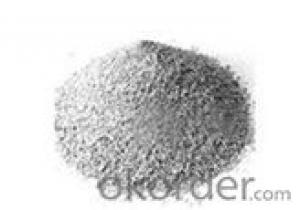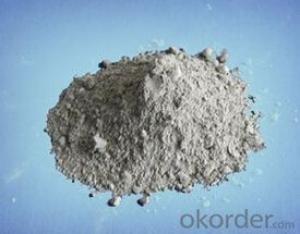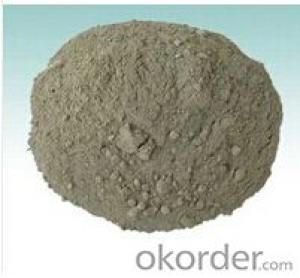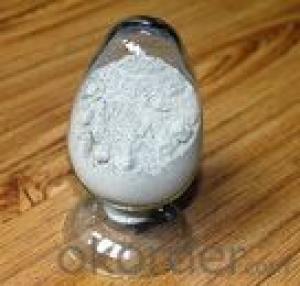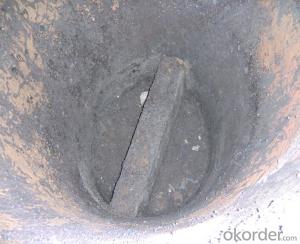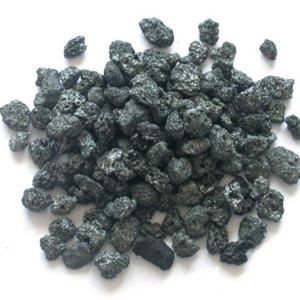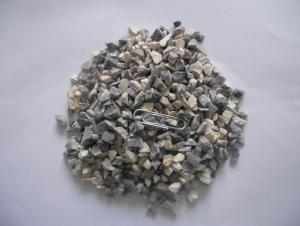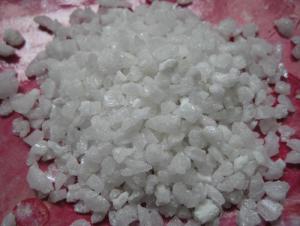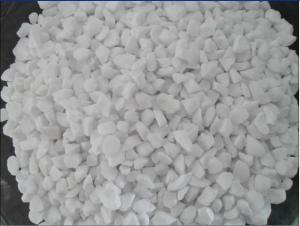Raw Materials for High Alumina Refractory Castable for Blast Furnace
- Loading Port:
- China Main Port
- Payment Terms:
- TT OR LC
- Min Order Qty:
- -
- Supply Capability:
- -
OKorder Service Pledge
OKorder Financial Service
You Might Also Like
Specifications
Refractory Castable
1.AL2O3:26-92%
convenient for construction,
good plasticity,
low expansion
High Alumina Refractory Castable for blast furnace
Refractory castable,High alumina refractory castable,Alumina refractory castable
introduction :
Refractory castable is one of the unshaped refractory materials.It is made of refractory aggregate . refractory powder . binders and other additives. It is loose, No fixed shape,Has high liquidity, Casting and vibration molding,Can use directly or use after add appropriate water or other liquid. It is one of the new type refractory material of don't need calcination. In general the use of the site casting, vibration or tamping pouring molding method, a preform can also be made pre-formed components.
Features:
1. High refractoriness, High refractoriness under load.
2. High density, low porosity.
3. Good slag resistance and corrosion resistance.
4. High strength and wear resistance.
5. Good resistance to flake performance.
6. Good thermal shock stability.
7. Scouring resistance
Main Physical and Chemical Characteristics
item | specification | ||||
| HT-TC1 | HT-TC2 | HT-ZC1 |
| |
Al2O3 ≥ | 75 | 70 | 60 |
| |
SiC%≥ | 10.5 | 9.5 | 30 |
| |
volume density g/cm | 110°C×24h≥ | 2.95 | 2.8 | 2.65 | |
volume density g/cm | 1450°C×24h≥ | 2.9 | 2.75 | 2.6 | |
Resistance strength MPa | 110°C×24h≥ | 30 | 28 | 18 | |
| 1450°C×24h≥ | 45 | 43 | 30 | |
Line rate change %1450°C×24h≥ | +0.5 | +0.8 | +0.5 |
| |
refractoriness≥1790°C | |||||
Application Fields
Industry Served | Application Parts |
Cement industry | 1.preheater (walls /roofs/chutes/cone parts etc.) 2.calciner 3.smoke chamber 4.riser duct 5.rotary kiln(working lining/insulation lining/inlet zone/outlet zone etc.) 6.kiln hood 7.tertiary air duct 8.grate cooler(working lining/insulation lining/parapet etc.) 9.burner lance/rotary kiln burner |
Metallurgy | Furnace linning |
Generation Plant | Boiler |
Steel Industry | Steel ladle/tundish |
Environmental protection industry | Waste Incinerator etc. |
FACTORY:

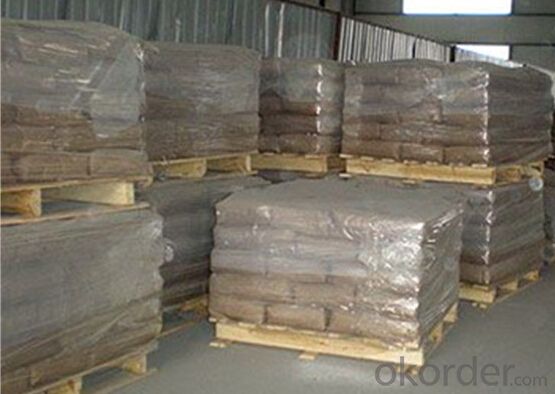
- Q: What is the fire resistance thickness of the thin fire-retardant coatings?
- There is no detailed requirement on the thickness of the thin steelwork fireproof coatings and the thickness there refers to a certain thickness which must(at least) have fire resistance for a certain time. The thickness of fireproof coatings in engineering generally depends on the manufacturer's test reports. Our thin steelwork fireproof coatings: the fire resistance is 2.5 hours, the thickness is 4.9 mm, the fire resistance is 2.0 hours, the thickness is 3.5 mm, the fire resistance is 1.5 hours, the thickness is 1.75 mm, the fire resistance is 1.0 hours, the thickness is 1.17 mm.
- Q: What does fire-resistant insulation coating have?
- What is the most famous is that grade A is incombustible?thermal?insulation?material. W W inorganic active wall insulation materials, cement foam insulation board, vitrified?micro bead?thermal insulation?mortar, rock wool board, glass wool board, foam ceramics, etc.
- Q: What's the refractory material?
- Main components of basic refractory are magnesium oxide and calcium oxide, and magnesia brick is commonly used. For the magnesia brick with magnesium oxide content of more than 80%-85%, it has good resistance to basic slag and scum, and it has higher refractoriness than that of the clay brick and silica?brick. It is mainly applied to the open hearth furnace, oxygen-blown converter, electric furnace, non-ferrous metal smelting equipment and some high-temperature devices.
- Q: What are the refractory materials above 1000℃
- It is a piece of cake to meet your requirement, anyway you can try unshaped castables like corundum and other refractory materials used in steelmaking which are above 1500℃ basically .
- Q: What are the disadvantages of the refractory industry?
- The rapid development of continuous casting technology allows Hua Heng refractories to be improved in variety and quality. The development of refractory for continuous casting has a significant impact on the production of continuous casting and quality of continuous casting billet. Constructing and putting Baosteel into action has greatly pushed the improvement of the refractory technology. Continuous casting refractory is an important part of the continuous casting machine. In addition to the general characteristics of refractories, it is also required functions that can purify molten steel, improve the quality of steel, stabilize temperature and composition of the molten steel, control and regulate the molten steel flow. Therefore, it is known as functional refractories. Continuous casting Refractories include: (1) ladle refractory - ladle lining, permanent lining and ventilation components; (2) tundish refractories - permanent lining, coating, insulating plates, clad etc; (3 ) functional refractories - long nozzle for non-oxidizing casting, submerged nozzle, monolithic stopper, sliding gate; (4) ceramic purifier for purifying molten , slag dam, alkaline paint and horizontal separating ring and gate board for continuous casting.
- Q: What kinds of refractory materials that uses a-Al2o3 powder? What are the purpose of it?
- 04La-Al2O3 powder is a alumina powder whose raw material is industrial aluminum oxide which has been calcined at high temperature. It is a good polishes for ceramics and jade, meanwhile, it is also an important raw material for high-end refractory materials. The technical indicators parameters A1023 mark A1535 chemical composition AL2O3≥ 99.92 3%, ≥ 3.10FE203≤ 0.799 Refractory calcined alumina powder (a-Al2O3) 1.2 true density (g & # 47, by fully ground powder made of different fineness .O.10 0.07 0.04NA2O≤ 0.93a-Al2O3 (%) ≥ 95 95 primary crystallization average grain (um) 2 ~ 3 3 ~ 5 average particle size (um) 40 ~ 602.6SIO2≤ 0.1 0.15B2O3≤ - 0, glass, engineering ceramics typical use electronic ceramic insulating ceramic refractory ceramic wear 3
- Q: who knows the technology of fireproofing material?
- 1, Foam insulation board,it's the foam insulation board material made by inorganic ceramic material through high temperature roasting, and is called for short as ceramic insulation plate. 2, composite cement foaming insulation board is made by cement,fly-ash,silica fume and other main materials and it's a kind of hole-closed?lightweight hydrophobic insulation board made by the technologies of foam,maintenance,cutting processing. 3, gypsum foam thermal insulation board is inorganic thermal insulation board that takes industrial by-product gypsum as the main raw material, modify the gypsum through physic modified principle, then foam, casting and cutting through chemical foam principle. 4, aerated concrete panel is made by lightweight material,silicious material, foaming?agent and other raw materials and it's a kind of lightweight concrete plate material made by the high pressure steam of manufacturing technique. 5, rock wool board is made by natural igneous rock and other main materials, and it's a kind of plate with thermosetting resin as binder made through melting in high temperature and centrifugation.
- Q: Who knows the fire endurance of rock wool color plate?
- Colored steel rock wool board is used for areas with high fireproofing requirements. Colored steel rock wool board belongs to class A according to "Fireproof? Specification of Building Interior Decoration?Design" whose lifetime can reach more than 15 years, operating temperature can up to about 700 ℃, maximum fireproofing time is 6 hours. And rock wool colored plate is environmentally friendly materials, which is is the preferred material in the construction industry .
- Q: What is glass furnace used high-grade refractory materials?
- Corundum brick, such as alumina hollow ball brick. In addition, in the key parts of the glass furnace needs to use chromium zirconium corundum material. I'm salesman of zibo lei bao refractories company. The softening temperature of corundum mullite brick is 1500 degrees. So glass melting furnace needs to use refractory materials which high temperature resistance is more than 1600 degrees.
Send your message to us
Raw Materials for High Alumina Refractory Castable for Blast Furnace
- Loading Port:
- China Main Port
- Payment Terms:
- TT OR LC
- Min Order Qty:
- -
- Supply Capability:
- -
OKorder Service Pledge
OKorder Financial Service
Similar products
Hot products
Hot Searches
Related keywords
